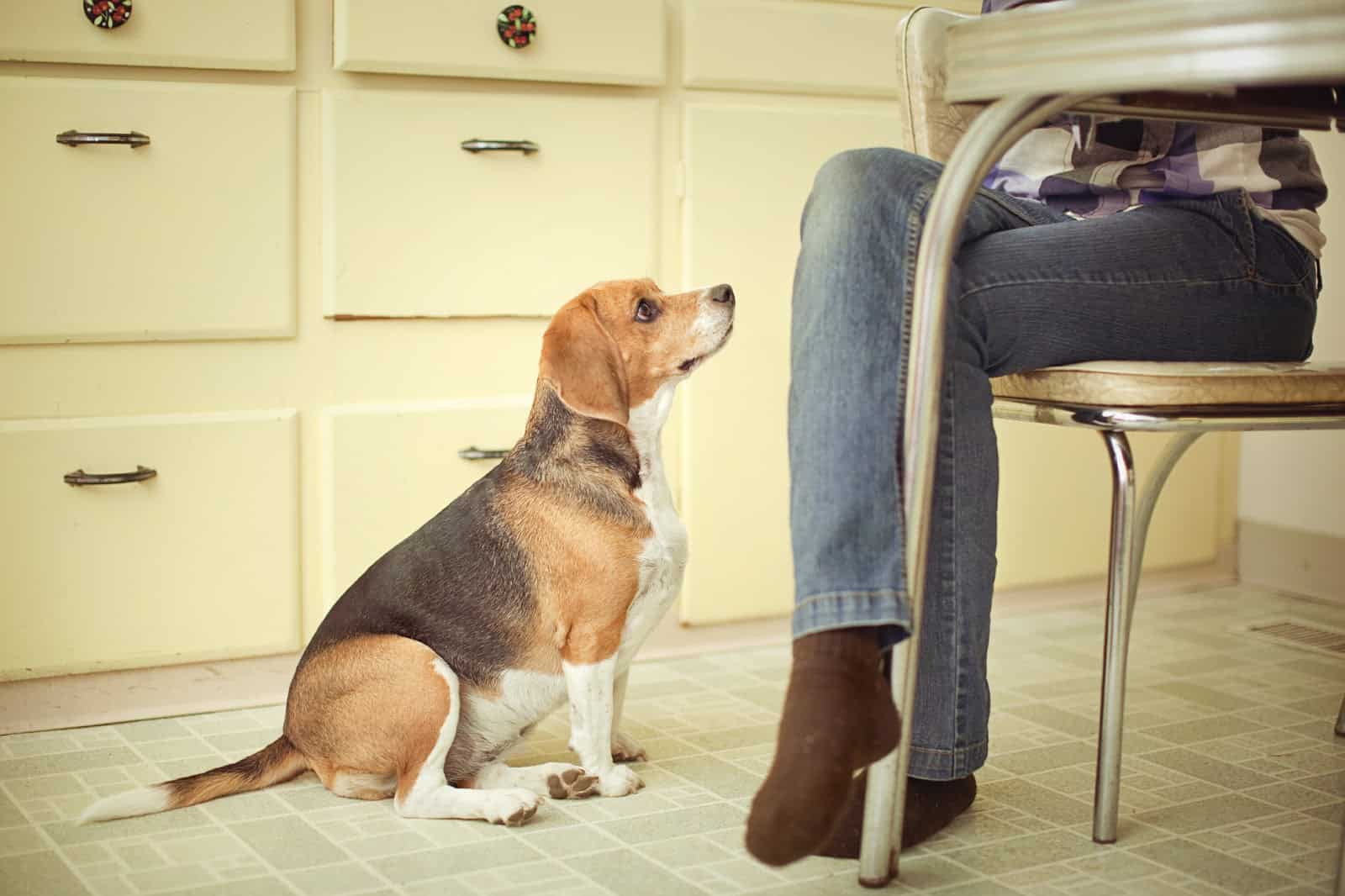Preventing And Managing Obesity In Pets
 Obesity is no longer just a human problem. According to recent statistics, over half of all cats and dogs in the U.S. are overweight. Overweight pets are at risk for many of the same health problems as overweight humans such as arthritis, certain types of cancer, bone and organ issues, high blood pressure, and of course diabetes.
Obesity is no longer just a human problem. According to recent statistics, over half of all cats and dogs in the U.S. are overweight. Overweight pets are at risk for many of the same health problems as overweight humans such as arthritis, certain types of cancer, bone and organ issues, high blood pressure, and of course diabetes.
November is National Pet Diabetes Awareness month. While the exact cause of diabetes is unknown, obesity is a huge risk factor for the disease. Take a moment to educate yourself on pet obesity and what you can do to prevent or manage it in your pet.
Is My Pet Fat?
Many of us are so accustomed to the sight of chubby pets that we may not even be aware that our own pets have a weight problem. The following will help you determine if your pet is too heavy:
- Gently feel the area around your pet’s backbone and ribcage. You should be able to easily feel your pet’s bones, if you must press in order to feel the ribs then your pet is overweight.
- Look down at your pet from all angles; in healthy pets, there should be a visible “waist” when viewed from above and when viewed from the side you should be able to observe the abdomen “tucking” upward from the bottom of the ribcage to the inside of the thighs. If neither of these attributes is visible, then you have an overweight pet on your hands.
Beating Pet Obesity
In order to prevent or correct obesity in our pets we as pet owners must be committed to the process. Plenty of exercise and proper nutrition are the backbones to healthy weight for all creatures. It may take some getting used to, but with a few simple lifestyle modifications our pets can get and stay in great shape.
Exercise
All pets require daily exercise, as well as the participation and interaction of their owners, to stay happy and fit.
- Get your dog outdoors for a walk, run, game of frisbee, or to the dog park every day.
- Consider agility training for an energetic pooch. Agility not only engages your dog’s natural hunting and seeking instincts, it also supports bonding between the two of you. Added benefit: many agility courses are indoors, making it the perfect winter activity!
- Indoor cats need daily playtime with their owners. Consider building or purchasing a cat tree or jungle gym to keep cats busy and burning calories while you’re away.
Diet
It’s no secret that overweight pets are consuming more calories than they burn. Many pet parents struggle with portion size and other nutritional questions regarding their pet’s food intake.
At Beverly Hills Veterinary Associates we offer comprehensive diet and nutrition counseling. This is an important first step on your pet’s road to a healthy weight.
Other ideas to reduce excess caloric intake are:
- Don’t give table scraps to your pets, and make sure no one else does. Keep pets out of the room during meal times.
- Avoid giving too many treats, or break treats into halves or quarters to reduce their size.
- Use non-food rewards during training, such as attention or playtime.
We are committed to helping your pet enjoy a long and happy life through proper diet, nutrition, exercise and wellness. Give us a call today!
